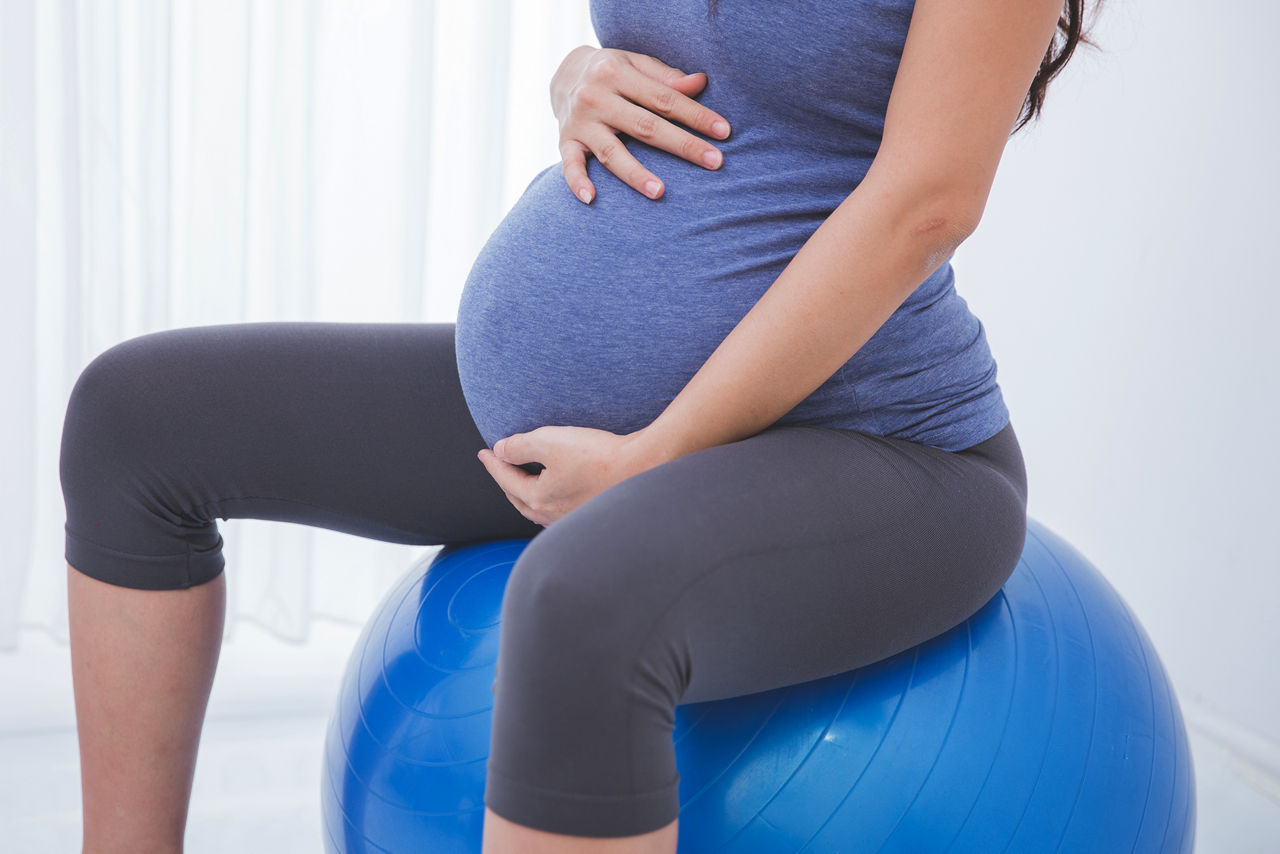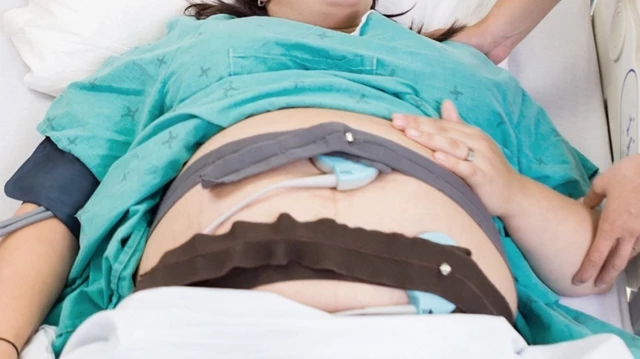Did you know that, 1 in 5 labours are induced?1 So, if you’re overdue and concerned about having labour induced, there’s really nothing to worry about. We’ve explained everything that you need to know about the induction process below, so you can feel prepared and ready to embrace labour.
Induction of labour: what you need to know

How to induce labour
Whilst you may have heard that there are certain natural ways to induce labour – such as having sex, eating spicy foods and taking hot baths – unfortunately, there are no scientifically proven ways to bring on labour yourself.
Membrane sweep
Membrane sweep, cervical sweep, pregnancy sweep, stretch and sweep – they all mean the same thing and are offered ahead of induction of labour. This involves your midwife or doctor sweeping their finger around your cervix during an internal examination to separate the membranes of the amniotic sac surrounding your baby from your cervix. The hormones released during this separation may help to bring on labour.
Rest assured, this process doesn’t hurt, but you might feel some discomfort or experience slight bleeding afterwards. If labour doesn’t start after a sweep, you may be offered another sweep or an induction – which you can decline, if you wish. You may also go into labour naturally at a later time.

You might be induced if you’re overdue, your waters have broken, or if you or your baby has a health problem.
Being induced
What does it mean to be induced? An induced pregnancy is one that’s started artificially. 1 in 5 labours are induced, so it’s completely normal. You might be induced if you’re overdue, your waters have broken, or if you or your baby has a health problem.
Pessary induction is always carried out in a hospital maternity unit. A pessary, tablet or gel will be inserted into your vagina to start contractions. If you have a vaginal tablet or gel, you may be allowed to go home while you wait for it to work, as it can take a while.
If you haven’t had any contractions after 6 hours, you might be offered another tablet, more gel or a Syntocinon drip in some instances. If you have a controlled-release pessary inserted into your vagina, it can take 24 hours to work. If you aren't having contractions after 24 hours, you may be offered another dose.

If you haven’t had any contractions after 6 hours, you might be offered another tablet, more gel or a Syntocinon drip in some instances.
Next steps
Whilst you’re waiting to be induced, why not take the time to:
- Ensure you’ve packed everything you need in your hospital bag
- Batch-cook some of our healthy pregnancy recipes to keep in your freezer – you’ll definitely be grateful for these easy meals when your little one arrives!
- Research the best birthing positions
Related articles

Get in touch with our Careline experts
Our nutritionists and feeding advisors are always on hand to talk about feeding your baby. So if you have a question, just get in touch
- 1. NHS UK. Inducing labour Online. Available at: https://www.nhs.uk/conditions/pregnancy-and-baby/induction-labour/ Accessed: October 2018.
Last reviewed: 5th February 2021.






